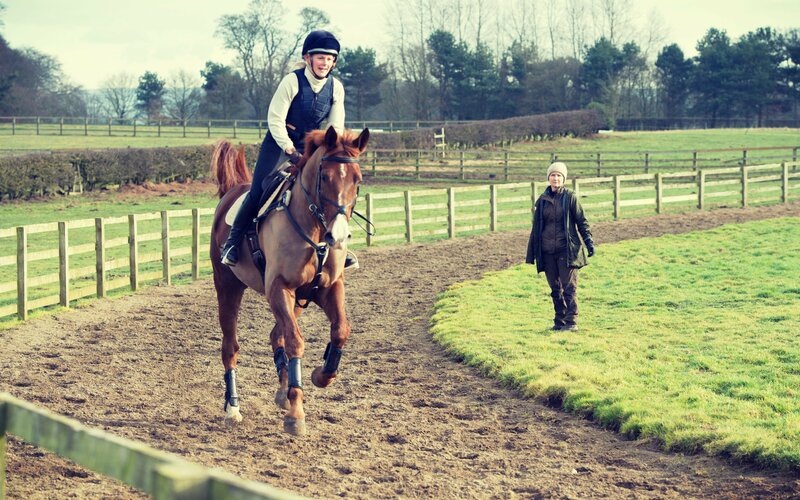
Train like a triathlete
How ‘supercompensation’ can empower your performances.
WHAT IS SUPERCOMPENSATION?
First coined 40 years ago by a Hungarian scientist, Nikolai Jakowlew, supercompensation works on the premise that as you introduce training to improve fitness, the body actually reacts by breaking down, losing body mass and weakening tissues or bone as it resorbs nutrients to replace those lost in training.
But, following the negative response to training, the body adapts, building muscle and strengthening bones, tissues and muscles in anticipation of the next training challenge.
It is for this reason that if work is increased too quickly, injuries occur to ligaments, tendons, muscle and even bone (stress fractures).
Time your rest and recovery right, and fitness doesn’t just build in a linear fashion, it increases beyond expectation. Indeed, backing off training by five to 20 per cent every fifth cycle can improve fitness by an extra 10 per cent.
FITNESS PLAN PHASE BASICS
BASE PHASE
12 weeks+
The base of the pyramid takes several weeks to build basic core strength and increases the number of blood capillaries, thus enhancing the horse’s capacity for aerobic exercise. Road work at walk is the traditional base for event horses, with different breeds, ages and previous fitness level influencing the time it will take before the horse is ready to enter the build phase.
BUILD PHASE
The build phase starts to stress the heart, training it to pump harder when the muscles are working in dressage, jumping and fast work to enable more blood to be pumped into the circulatory system.
A high-intensity day could be hill work, cantering, power-building grids or fatigue-inducing flatwork, but the volume of work – frequency x intensity x duration – stays the same. If a day is ‘high intensity’, it would be a shorter session than the low-intensity day, which would be aimed at training the horse’s mind rather than his body, so a happy hack, light polework or schooling and in-hand or physiotherapy exercises.
PEAK PHASE
The peak phase is the most challenging, with the volume of work gradually increasing. In the main this means more frequent high-intensity sessions, maintaining quality.
TAPERING
Reduce the work load in the final seven to 10 days prior to a major event. Fitness won’t reduce and as horses don’t seem to benefit from carb-loading, a stable diet but reduced exercise will have a similar effect.
SEVEN TIPS FOR SUPERCOMPENSATION TO TAKE EFFECT
- Spend plenty of time on the base phase of fitness.
- Only increase training volume by 10 per cent at a time in the build phase.
- Take breaks within every workout – use walk rests between schooling, jumping or hill repetition exercises.
- Alternate between high- and low-intensity training workouts in the build phase.
- If your horse reaches significant fatigue on two consecutive days, give him a day off.
- Taper your horse’s workout seven to 10 days before an important competition.
- Divide your training into blocks of five days, five weeks or even five months between events. Build training by 10 per cent on the first four days, weeks or months, and reduce by 20 per cent on the final day, week or month.
